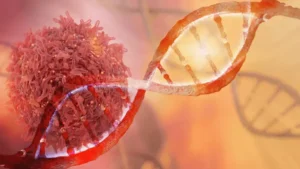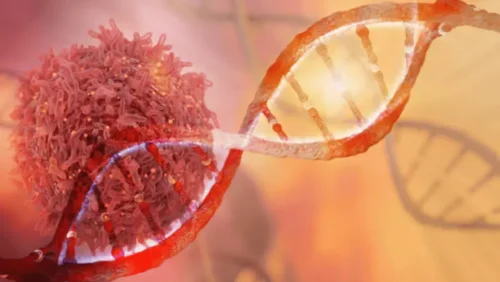What Are Fetal Alcohol Spectrum Disorders FASDs?

Following cholinergic stimulation of cultured astrocytes, we observed increases in ECM protein expression (fibronectin and laminin) both intracellularly and in the media and upregulation of factors that prevent degradation of the ECM (Guizzetti et al., 2008). Abnormal palmar creases, cardiac defects, and joint contractures may also be evident. Alcohol exposure in utero increases the risk of spontaneous abortion, decreases birth weight, and can cause fetal alcohol syndrome, a constellation of variable physical and cognitive abnormalities.
- People with FAS may have distinctive facial features, which range from small eye openings to a flat nose bridge.
- Fetal alcohol spectrum disorder (FASD) describes a group of permanent symptoms experienced by people who were exposed to alcohol in utero (during pregnancy).
- Not only can this prevent fetal alcohol syndrome disorders in future children, but it can also provide parenting skills to help their child with fetal alcohol syndrome.
- Once the condition has been diagnosed, a team of healthcare professionals can assess your child’s needs and offer appropriate educational and behavioural strategies.
- Some of the most severe problems happen when a pregnant person drinks in the first trimester, when the baby’s brain starts to develop.
- Prenatal exposure to alcohol can lead to serious conditions such as fetal alcohol syndrome disorders (FASDs).
For people trying to get pregnant
OPCs are generated throughout life and may contribute to myelination in adulthood (El Waly et al., 2014). Genetic influences appear to strongly regulate myelination, however, mounting evidence suggests that experiential factors also influence myelination. Control of oligodendrocyte differentiation and myelination occurs through a diverse array of transcription factors, extracellular signals and intracellular pathways (Mitew et al., 2013). The most effective treatments for fetal alcohol syndrome target your child’s specific issues.

What are the outbursts of FASD?

Early identification can maximize help in the treatment of FASD and in building supportive networks with other individuals and families impacted by FASD. This may be due, in part, to a lack of information about prenatal alcohol exposure or difficulty in distinguishing FASD from other developmental disorders that might have similar cognitive or behavioral symptoms. There are no exact statistics of how many people have fetal alcohol spectrum disorder (FASD). It can sometimes be difficult to diagnose a person with FASD because of the variety of symptoms and spectrum of severity. Also, not all people who drink while pregnant feel comfortable talking to their healthcare provider.
Developmental and Behavioral Effects of Prenatal Alcohol Exposure

One common physical effect of FAS is distinct changes to facial structure. No one particular treatment is correct for everyone with fetal alcohol syndrome. FAS exists on a spectrum of disorders and the way each person is impacted by the condition can vary greatly. For some, it’s best to monitor their child’s progress throughout life, so it’s important to have a healthcare provider you trust. Because early diagnosis may help lessen the risk of some challenges for children with fetal alcohol syndrome, let your drunken baby syndrome child’s healthcare professional know if you drank alcohol while you were pregnant. Several of the structural abnormalities observed in FASD and in FASD animal models are consistent with altered glial cell function.
- There is no lab test that can prove a child has fetal alcohol syndrome.
- Astrocytes prepared from fetuses exposed in vivo to alcohol and maintained in culture in the presence of alcohol present decreased GFAP expression and failed to develop processes (Renau-Piqueras et al., 1989).
- This section provides ongoing professional development for pediatricians and allied healthcare professionals committed to learning more about FASD.
- There is no cure for FASDs, but children who are diagnosed early and receive appropriate physical and educational interventions, especially those in a stable and nurturing home, are more likely to have better outcomes than those who are not.
- She tells us more about decreasing stigma and how to provide appropriate information to children and families.
- Supportive care should include an appropriate stimulating and nurturing environment.
Pediatrics Research Roundup, Destigmatizing Substance Use Disorder – Episode 120
A study demonstrated that more than one-half of children with fetal alcohol spectrum disorders do not consume the recommended dietary allowance of fiber, calcium, or vitamins D, E, and K. Like other drugs, alcohol can pass from the mother’s blood through the placenta to the baby. This data suggests that myelin and more specifically, oligodendrocyte development is a target of alcohol effects in the developing brain and that early exposure can lead to persistent, life-long deficiencies.

